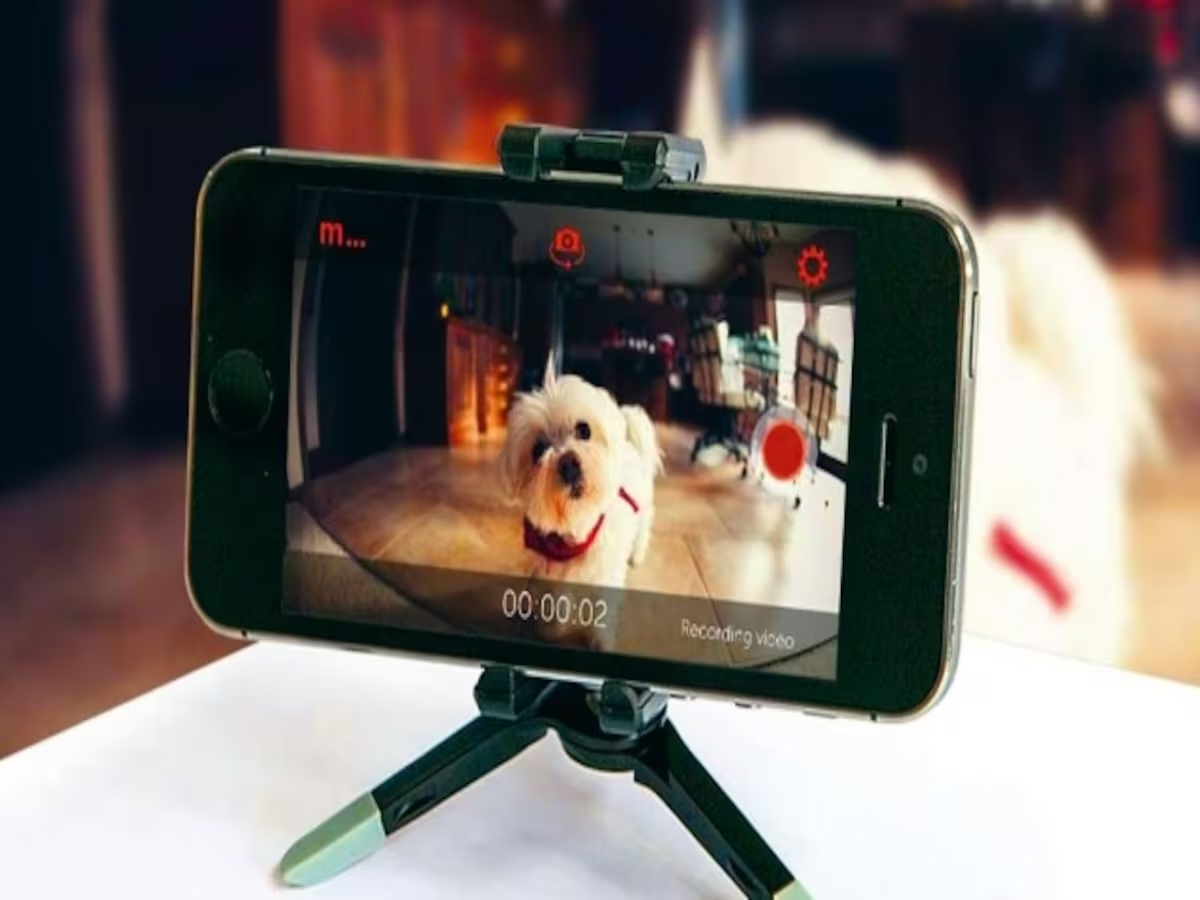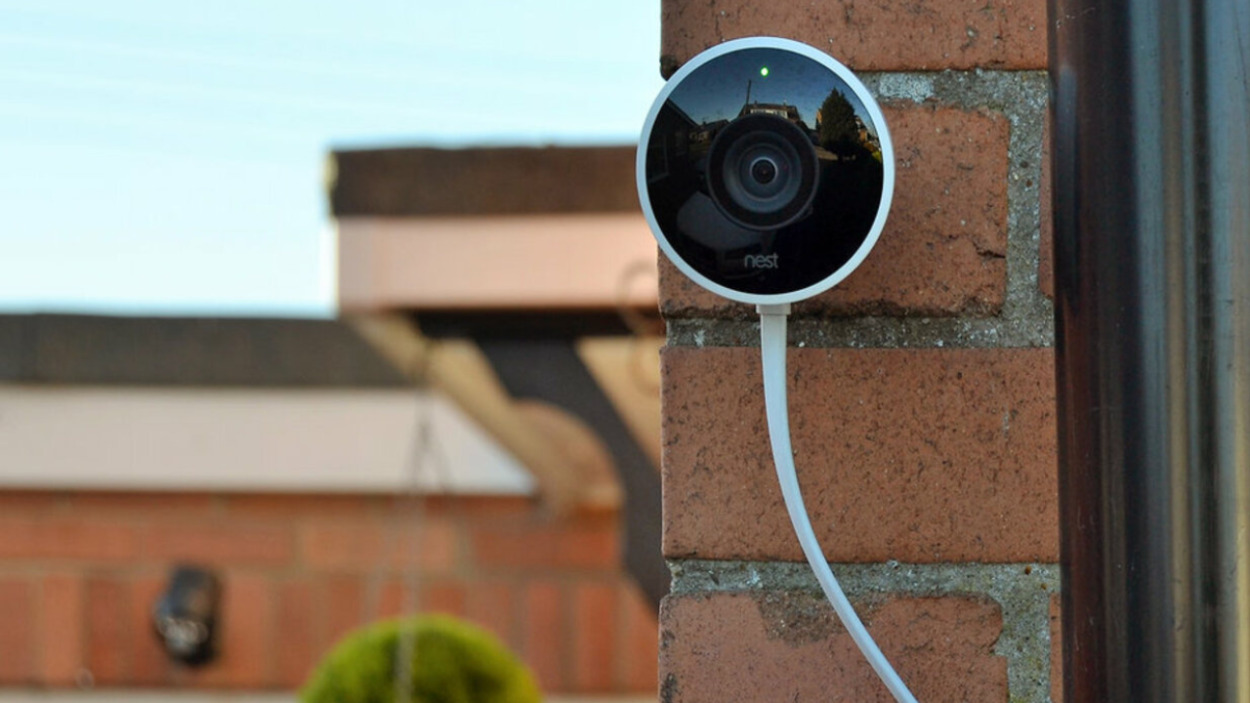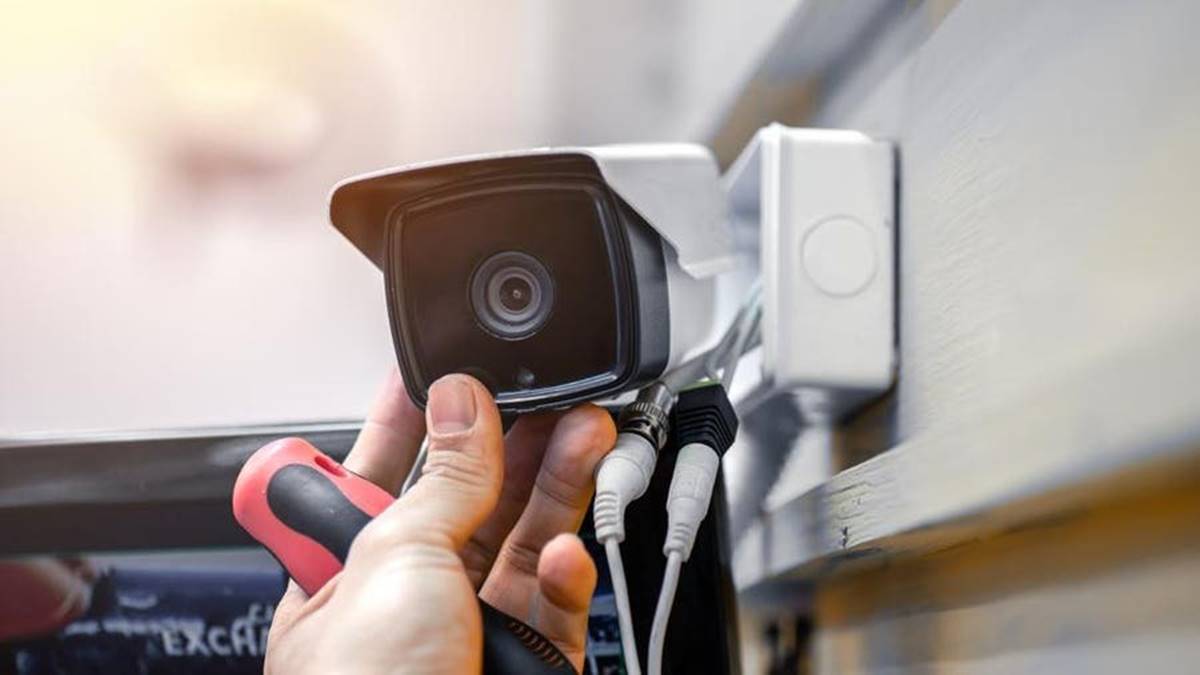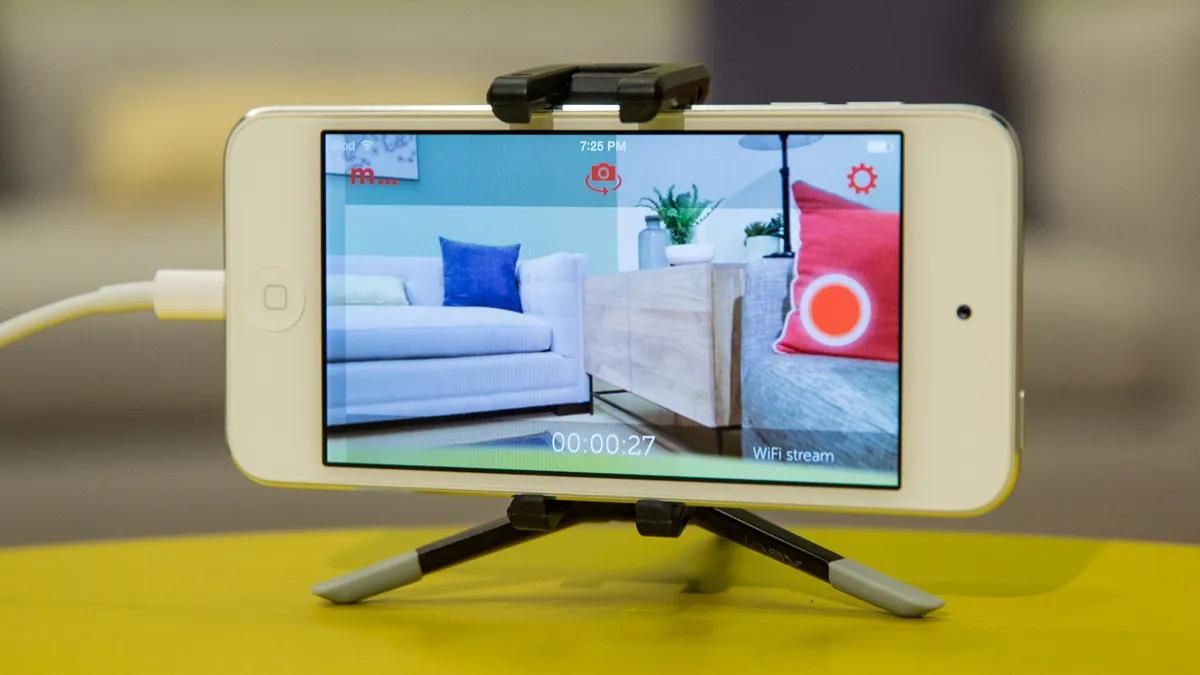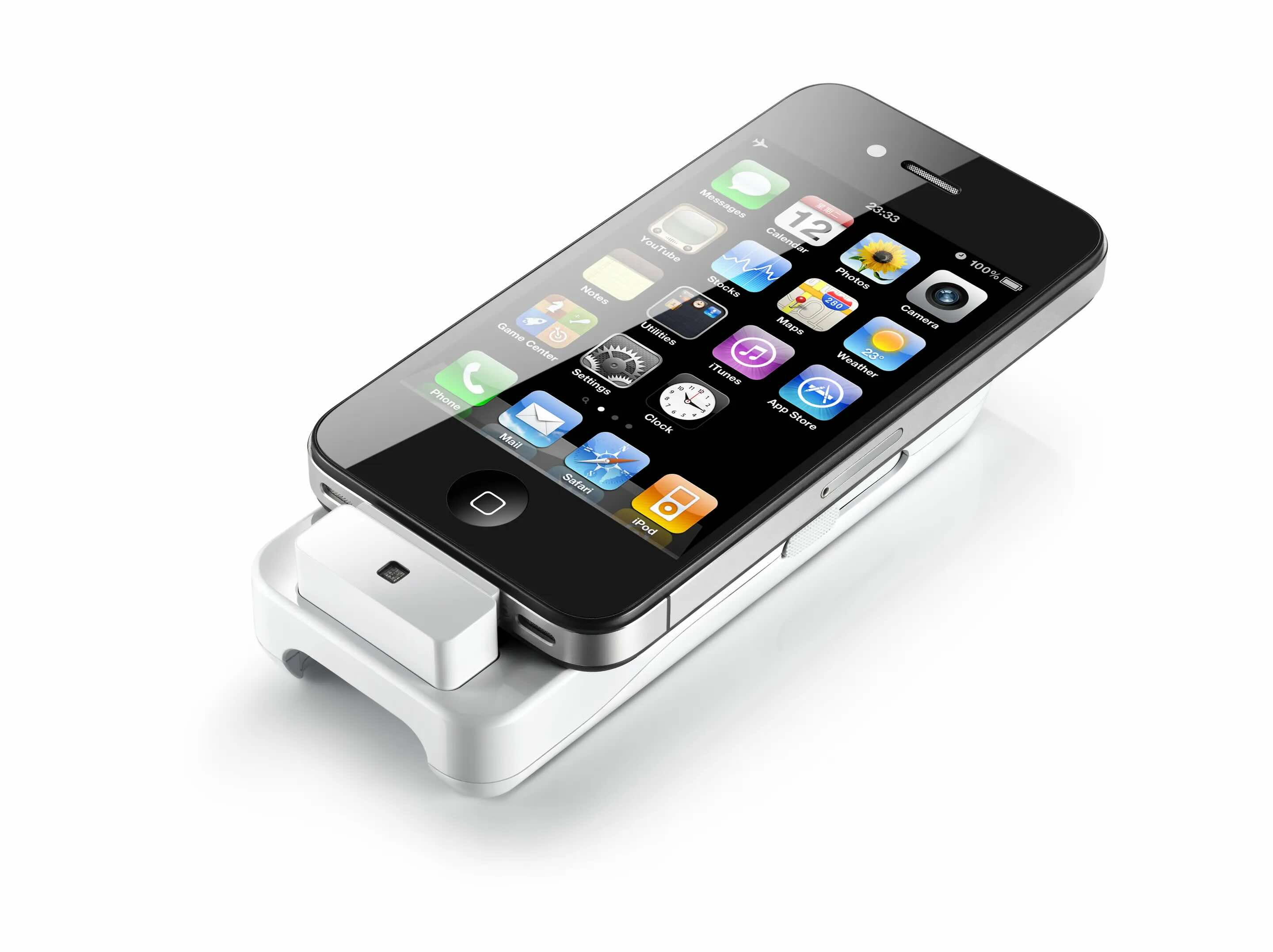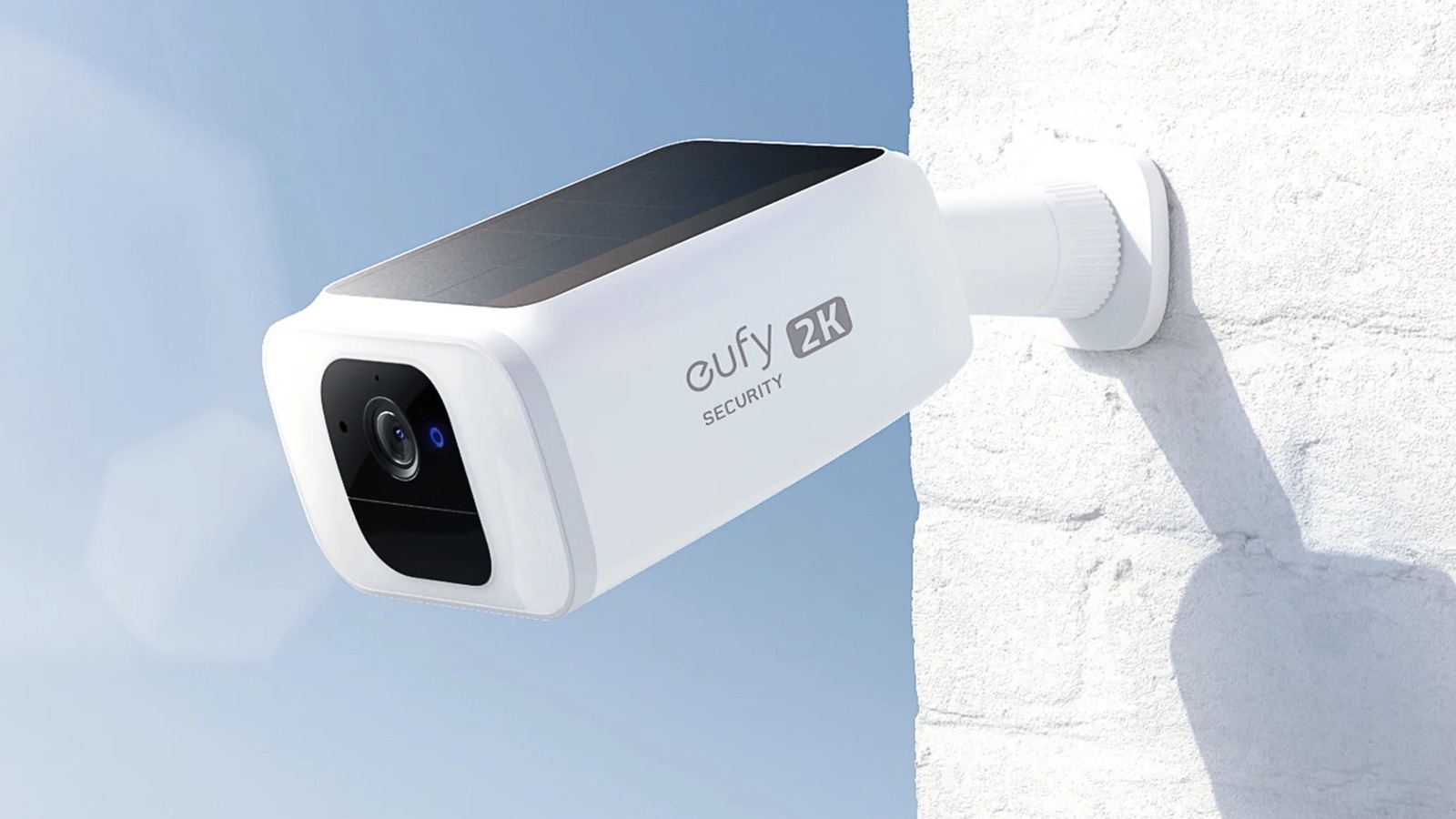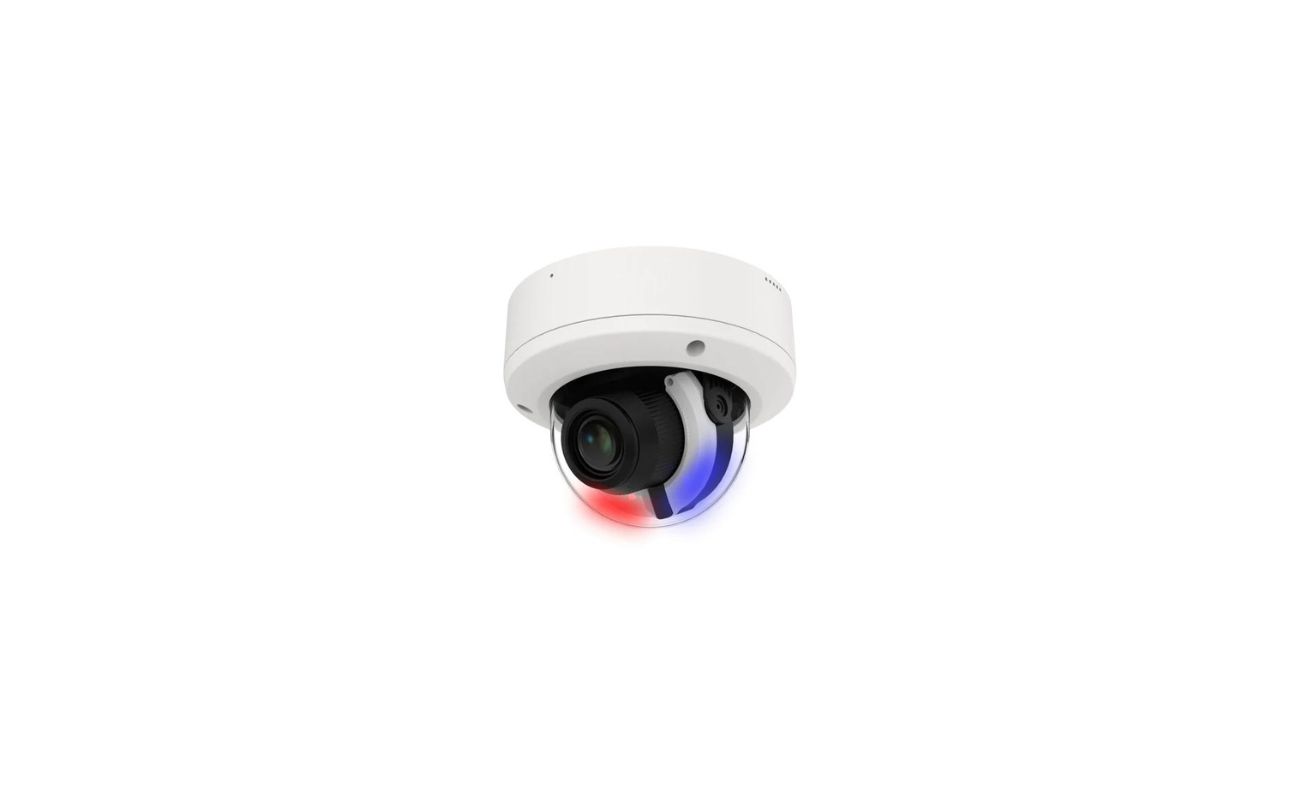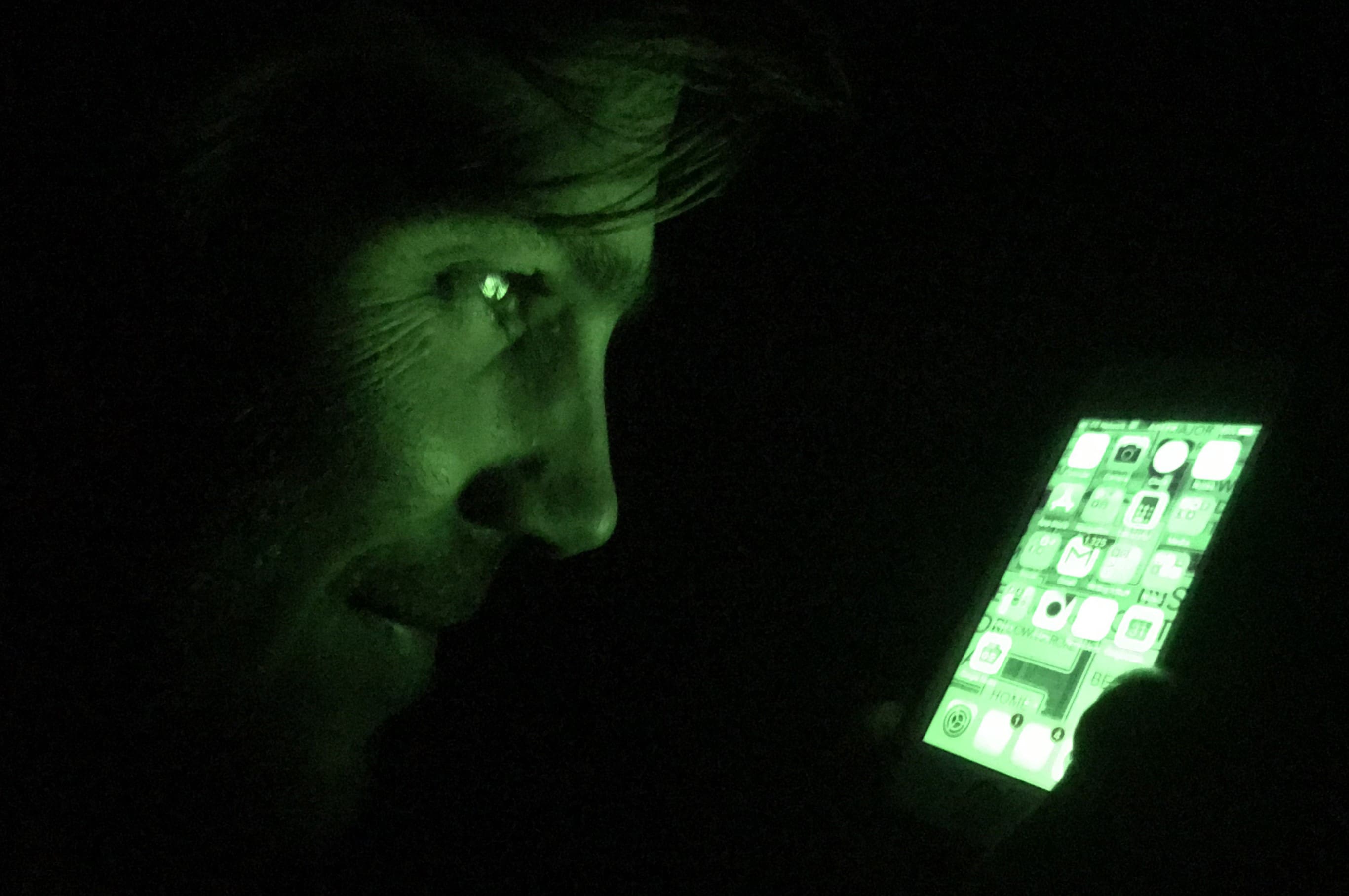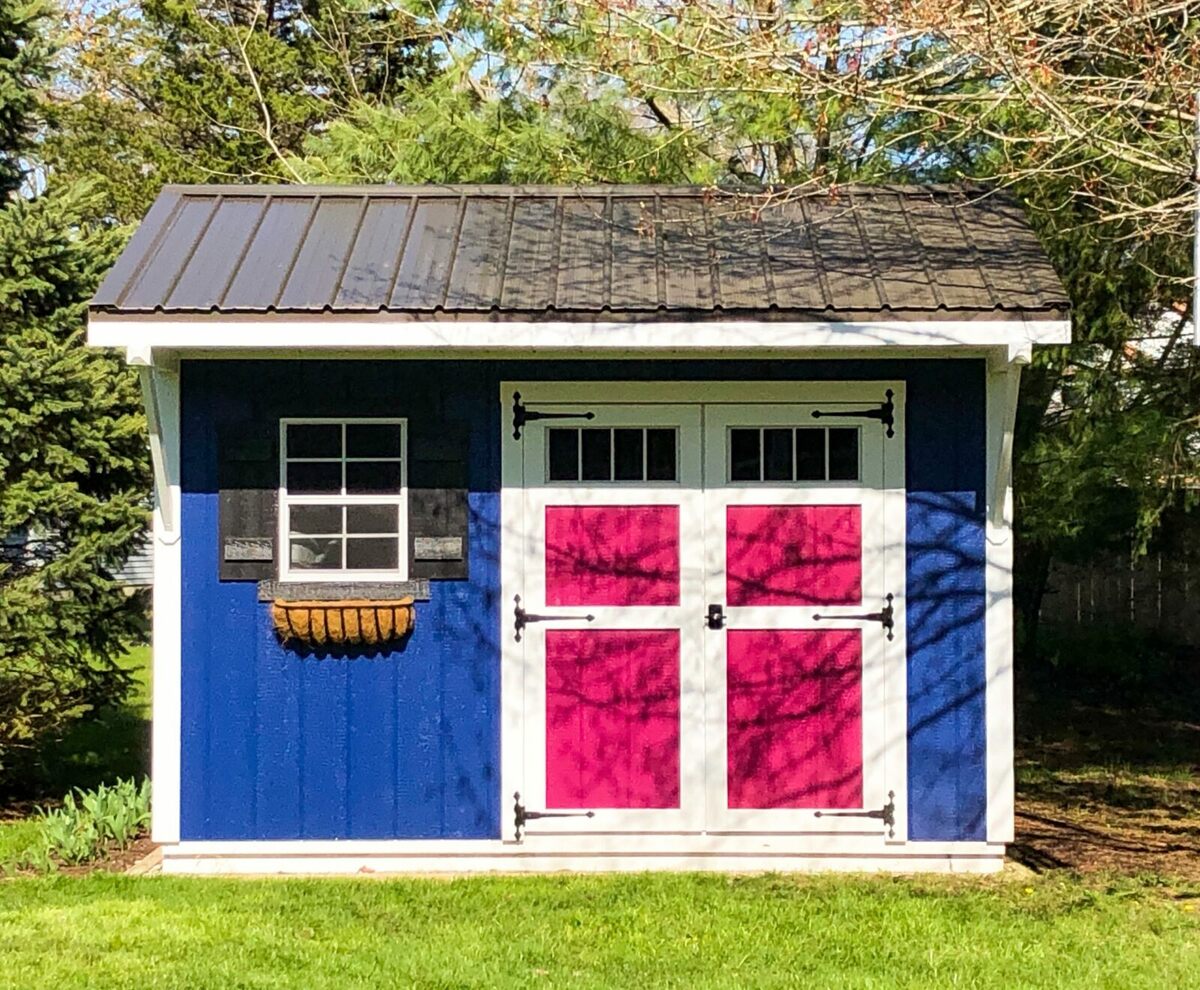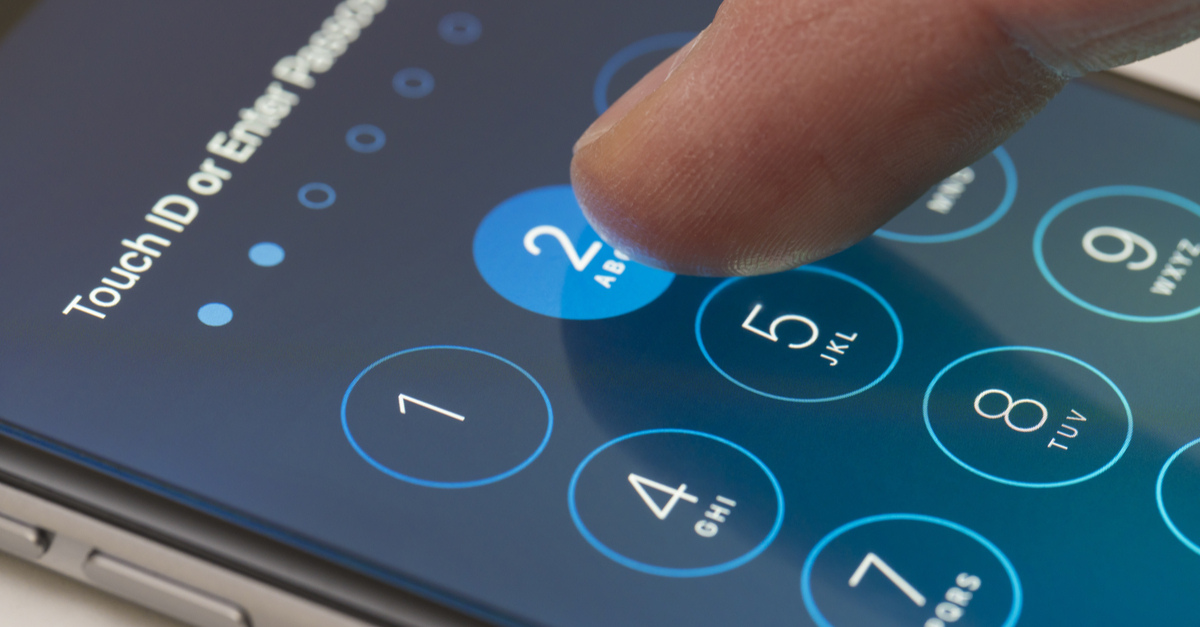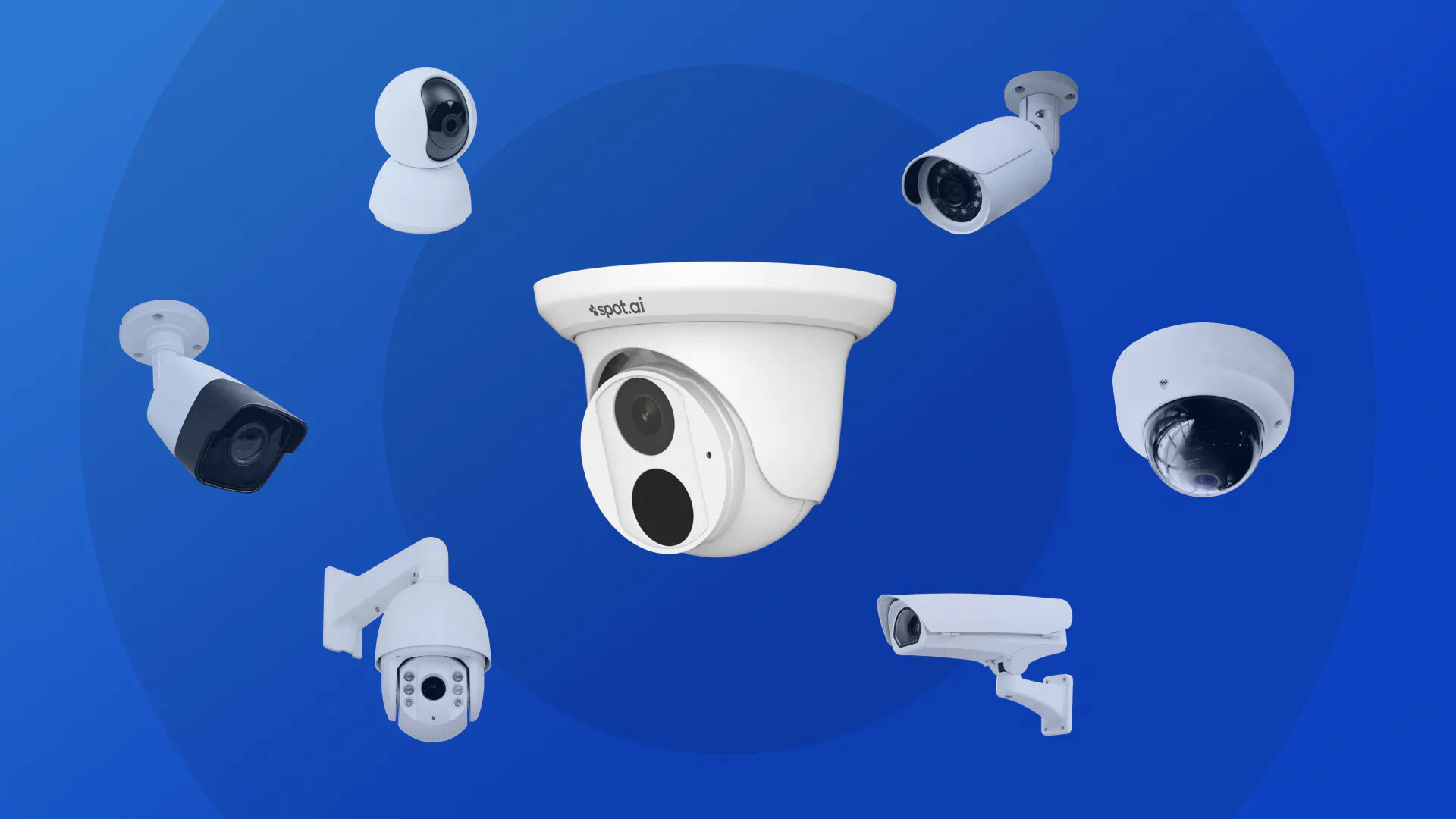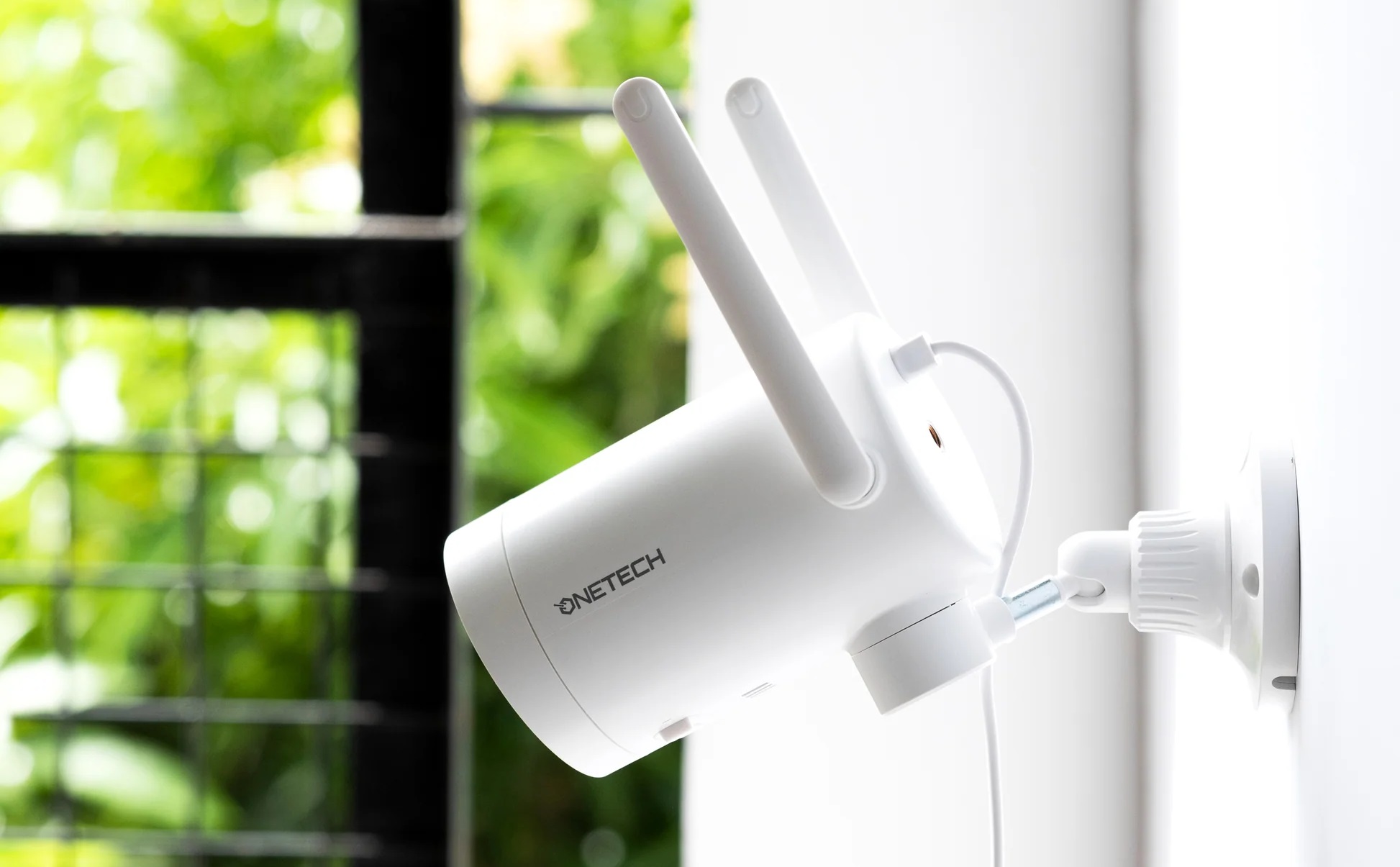Home>Home Security and Surveillance>How To Turn An Old IPhone Into A Security Camera
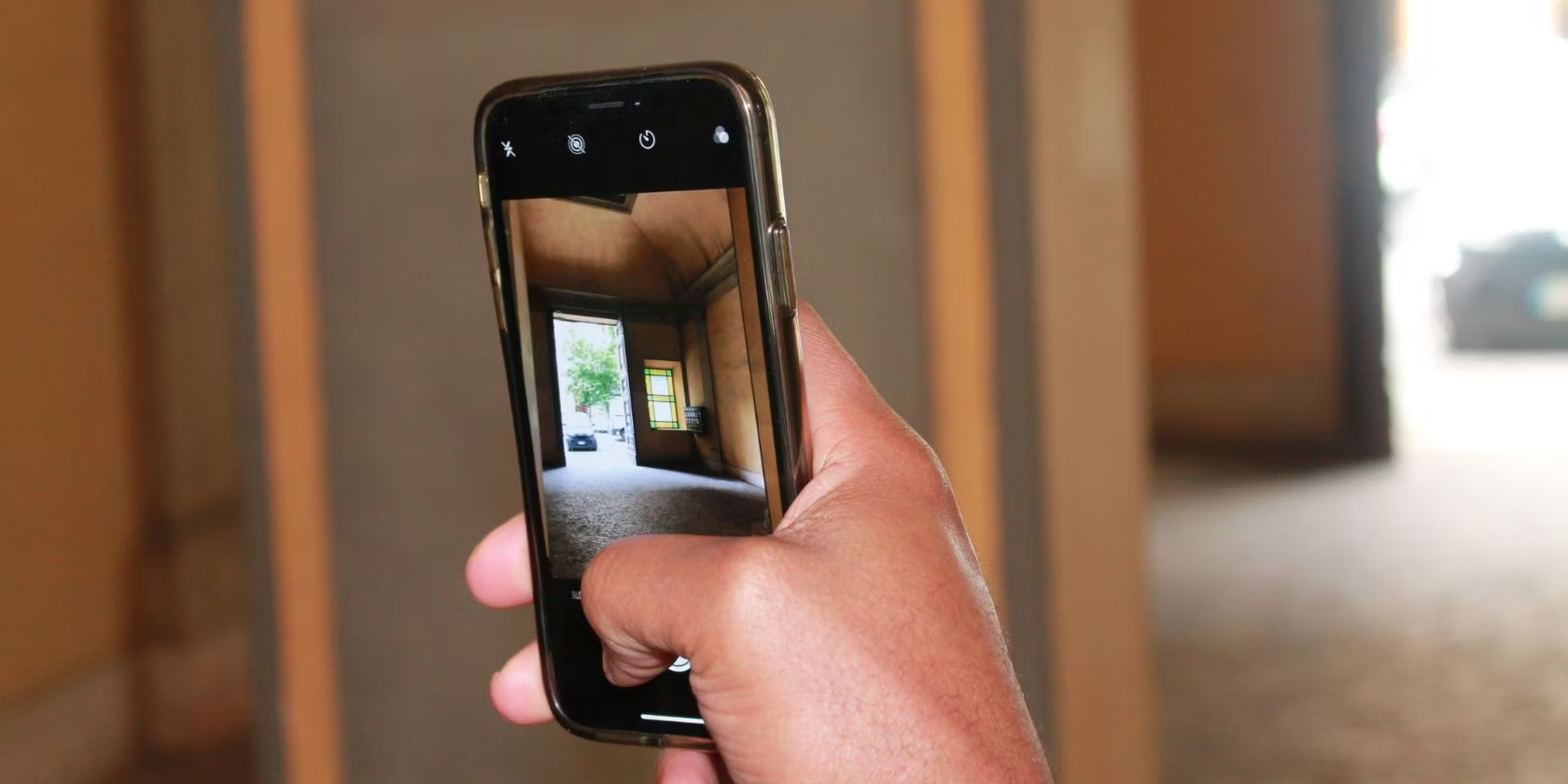

Home Security and Surveillance
How To Turn An Old IPhone Into A Security Camera
Modified: August 28, 2024
Turn your old iPhone into a home security camera. Enhance your home security and surveillance with this easy DIY solution.
(Many of the links in this article redirect to a specific reviewed product. Your purchase of these products through affiliate links helps to generate commission for Storables.com, at no extra cost. Learn more)
Introduction
Home security is a top priority for many homeowners. With the advancements in technology, there are now various options available to enhance the security of your home. One such option is repurposing an old iPhone as a security camera. This creative and budget-friendly solution allows you to utilize your old iPhone to monitor your property remotely.
Why repurpose an old iPhone as a security camera? Firstly, it eliminates the need to invest in expensive surveillance systems. Instead of spending hundreds of dollars on new equipment, you can repurpose an old iPhone that you may already have lying around. This not only saves you money but also reduces electronic waste by giving your old device a new purpose.
Secondly, repurposing an old iPhone is a great way to take advantage of its built-in features. iPhones have high-quality cameras, motion sensors, and Internet connectivity, making them ideal for surveillance purposes. By turning your old iPhone into a security camera, you can tap into its capabilities and transform it into a powerful monitoring tool for your home.
Lastly, using an old iPhone as a security camera provides flexibility and convenience. With the right surveillance app, you can access live video feeds from your device anytime, anywhere. Whether you’re at work, on vacation, or simply in another room of your house, you can easily keep an eye on your property using your smartphone or computer.
In this article, we will guide you through the process of repurposing an old iPhone as a security camera. We will cover the requirements, setup, app selection, configuration, mounting, and testing to ensure a successful DIY security camera setup. So let’s dive in and learn how to transform your old iPhone into a reliable home surveillance solution.
Key Takeaways:
- Repurpose your old iPhone into a security camera to save money, reduce electronic waste, and benefit from its high-quality camera and motion detection features for reliable home surveillance.
- Transforming your old iPhone into a security camera is a straightforward and eco-friendly way to monitor your home remotely, providing cost-effective and high-quality surveillance capabilities.
Read more: How To Use IPhone As A Security Camera
Why repurpose an old iPhone as a security camera?
Repurposing an old iPhone as a security camera offers several advantages and benefits. Let’s explore why you should consider using your old iPhone for home surveillance.
- Cost-effective: One of the primary reasons to repurpose an old iPhone as a security camera is cost savings. Instead of purchasing a dedicated security camera system, you can make use of the device you already own. This eliminates the need for additional expenses and allows you to repurpose your old iPhone for a new and practical use.
- High-quality camera: iPhones are known for their excellent camera quality, even in older models. By repurposing your old iPhone, you can take advantage of its built-in camera to capture clear and detailed video footage. This ensures that you have a reliable surveillance tool that can provide you with a high-resolution view of your home.
- Motion detection: Many older iPhone models come equipped with motion sensors. This feature can be utilized to detect any movement within the camera’s field of view. When motion is detected, the camera can send you real-time alerts, allowing you to respond promptly and investigate any suspicious activity.
- Remote monitoring: With the right surveillance app, you can remotely access the live video feed from your old iPhone. This means you can monitor your home from anywhere, as long as you have an internet connection. Whether you’re at work, traveling, or simply away from home, you can stay connected and keep an eye on your property using your smartphone or computer.
- Easy setup: Repurposing an old iPhone as a security camera is a relatively straightforward process. Most of the setup involves installing a surveillance app and configuring the necessary settings. This makes it accessible and achievable for users with varying technical skills. Even if you’re not tech-savvy, you can follow the step-by-step instructions and have your DIY security camera up and running in no time.
- Environmental benefits: Repurposing your old iPhone contributes to reducing electronic waste. Instead of discarding or selling your old device, you can extend its lifespan by turning it into a valuable security camera. By doing so, you not only save money but also contribute to a more sustainable and eco-friendly lifestyle.
Overall, repurposing an old iPhone as a security camera offers a cost-effective, high-quality, and easily accessible solution to enhance the security of your home. With the added convenience of remote monitoring and motion detection, you can have peace of mind knowing that your property is protected, even when you’re not physically present.
Requirements for turning an old iPhone into a security camera
Before you can repurpose your old iPhone as a security camera, there are a few essential requirements to consider. Ensuring that you have the necessary components and software will help to ensure a successful setup. Here are the requirements for turning an old iPhone into a security camera:
- Old iPhone: Naturally, the first requirement is an old iPhone. The specific model may vary, but ideally, it should be an iPhone 5 or newer. iPhones in this range usually have decent camera quality and are compatible with the latest iOS versions to support surveillance apps.
- Stable power source: Your old iPhone will need a stable power source to function as a security camera continuously. You can either connect it to a power outlet using an adapter or use a power bank that provides enough power to keep the iPhone running for extended periods.
- Reliable internet connection: To access the live video feed remotely, your old iPhone needs to be connected to the internet consistently. Make sure you have a reliable internet connection at the location where the iPhone will be used as a security camera. It’s best to use a Wi-Fi connection for a stable and consistent network connection.
- Surveillance app: You will need to install a surveillance app on your old iPhone to transform it into a security camera. There are various options available, both free and paid, that offer different features and functionalities. Research and choose a reliable surveillance app that is compatible with your old iPhone model and meets your specific needs.
- Mounting equipment: To position and secure your old iPhone as a security camera, you will need suitable mounting equipment. This can include a tripod, wall mount, or any other device-specific accessories that ensure the iPhone remains stable and in the desired position.
It’s important to check the compatibility and specifications of the surveillance app you choose to ensure it supports your old iPhone model and the desired features. Additionally, keep in mind that some advanced features like cloud storage, motion detection, or two-way audio might require subscription plans or in-app purchases.
By fulfilling these requirements, you’ll have everything you need to turn your old iPhone into a functional and reliable security camera. Once you have gathered the necessary components, you can proceed with the setup and configuration process to start monitoring your home and enhancing your security system.
Setting up the iPhone as a security camera
Once you have gathered all the necessary requirements, it’s time to set up your old iPhone as a security camera. Follow these steps to ensure a smooth and successful setup process:
- Update iOS: Before you begin, make sure your old iPhone is running the latest iOS version. This will ensure compatibility with the surveillance app and provide access to the latest security features and enhancements. To update iOS, go to Settings > General > Software Update and follow the on-screen instructions.
- Install a surveillance app: Choose a surveillance app that is compatible with your old iPhone model and download it from the App Store. Some popular options include Alfred, Manything, Presence, and AtHome Camera. Install the app on your old iPhone, and if prompted, grant necessary permissions such as access to the camera and microphone.
- Create an account: After installing the app, open it and create an account. This will allow you to access the app’s features, view live video feeds, and receive alerts. Follow the app’s instructions to register an account using your email address or any other required information.
- Configure camera settings: Once your account is set up, you’ll need to configure the camera settings in the surveillance app. This may include selecting a specific camera resolution, adjusting frame rates, enabling motion detection, or setting up alerts. Refer to the app’s user manual or on-screen instructions for guidance on configuring these settings.
- Connect to Wi-Fi: Ensure that your old iPhone is connected to a stable Wi-Fi network. Open the Settings app on your iPhone and navigate to Wi-Fi settings. Select your home Wi-Fi network and enter the password if required. A reliable internet connection is crucial for accessing the live video feed remotely and receiving real-time alerts.
- Choose recording options: Depending on the surveillance app and your preferences, you can choose different recording options. This may include continuous recording, recording when motion is detected, or manually triggering the recording. Consider your storage capacity and choose the most appropriate recording option for your needs.
Once you have completed these steps, your old iPhone is now set up and ready to function as a security camera. Make sure to position and mount the iPhone securely in the desired location to capture a wide view of the area you want to monitor. In the next section, we will discuss the selection of the right surveillance app for optimal security and functionality.
Choosing the right surveillance app for your old iPhone
When repurposing your old iPhone as a security camera, choosing the right surveillance app is crucial for optimal security and functionality. There are various options available, each offering different features and capabilities. Here are some factors to consider when selecting a surveillance app for your old iPhone:
- Compatibility: Ensure that the surveillance app you choose is compatible with your old iPhone model and the iOS version it is running. This will ensure smooth and uninterrupted functionality.
- User-friendly interface: Look for an app with a user-friendly interface that is easy to navigate and understand. The app should have intuitive controls and clear instructions to ensure a hassle-free user experience.
- Live video streaming: The surveillance app should support live video streaming, allowing you to access the camera feed in real-time from your smartphone or computer. This feature is essential for monitoring your home remotely and staying connected to your security camera.
- Motion detection and alerts: Opt for an app that offers motion detection capabilities, as this allows the camera to detect any movement within its field of view. The app should send you instant alerts and notifications whenever motion is detected, ensuring you’re aware of any potential security breaches.
- Cloud storage: Consider whether the app offers cloud storage options. Cloud storage allows you to save and access recorded video footage securely in the cloud. This ensures that even if your old iPhone is damaged or stolen, you can still retrieve the stored recordings.
- Remote accessibility: Look for an app that provides remote accessibility, allowing you to view the camera feed from anywhere, as long as you have an internet connection. This feature enables you to monitor your home no matter where you are, providing peace of mind and added security.
- Privacy and security: Prioritize the security features of the surveillance app. It should offer encryption and secure connections to protect your camera feed from unauthorized access. Additionally, ensure that the app has robust privacy measures in place to safeguard your personal information.
- Integration with other devices and systems: Consider whether the surveillance app can integrate with other smart home devices or security systems you may have. Integration can enhance the functionality and automation of your security system, allowing you to create a more comprehensive and interconnected setup.
Take the time to research and read reviews of different surveillance apps before making a decision. Consider your specific needs and priorities to choose an app that aligns with your requirements and offers the features you value most. Remember, a reliable and feature-rich surveillance app will maximize the effectiveness of your old iPhone as a security camera.
You can turn an old iPhone into a security camera by downloading a security camera app from the App Store, setting it up in a desired location, and connecting it to a power source and Wi-Fi.
Read more: How To Turn Off Security Cameras
Configuring the surveillance app for optimal security
After selecting a suitable surveillance app for your old iPhone, it’s important to configure it properly to ensure optimal security. By adjusting the app settings and enabling the right features, you can enhance the effectiveness of your DIY security camera setup. Here are some key configurations to consider:
- Secure login: Set up a strong and unique password for your surveillance app account. Avoid using common or easily guessable passwords. Enable two-factor authentication if available, which adds an extra layer of security by requiring a verification code in addition to your password.
- Camera access: Grant the app permission to access the camera and microphone of your old iPhone. This will allow the app to capture video and audio recordings. Ensure that the app only accesses these features when it’s actively being used and disable unnecessary permissions to protect your privacy.
- Enable encryption: Check if the app offers encryption for data transmission, which can help secure your camera feed against interception. Look for encryption protocols such as SSL/TLS to ensure that your video feed is protected from unauthorized access.
- Motion detection sensitivity: Adjust the motion detection sensitivity level according to your needs. Fine-tune the settings to avoid frequent false alarms while ensuring that genuine movement triggers an alert. This will help minimize unnecessary notifications and ensure that you are promptly notified of suspicious activity.
- Real-time alerts: Set up real-time alerts and notifications for the app. This ensures that you receive instant alerts whenever motion is detected or any other predefined event occurs. Configure the alert settings to notify you through push notifications, email, or SMS, depending on your preferences.
- Privacy masking: If your surveillance app supports privacy masking, utilize this feature to protect sensitive areas. You can define specific areas in the camera’s field of view where no recording will take place. This is particularly useful for areas where you want to ensure privacy, such as windows facing neighbors’ houses or private rooms.
- Storage settings: Review the storage settings of the app and choose the appropriate recording options. Determine whether you want continuous recording or recording only when motion is detected. Adjust video quality and resolution settings based on your storage capacity and requirements.
- Schedule and automation: Explore if the surveillance app provides the option to set schedules or automation rules. This allows you to define specific times when the camera should be active or inactive. For example, you can schedule the camera to turn off during certain hours when you’re home to preserve energy and privacy.
It’s essential to regularly review and update the configurations and settings of your surveillance app to ensure optimal security. Periodically check for app updates and install them to benefit from the latest security patches and feature enhancements. By configuring the surveillance app with optimal security settings, you can have peace of mind knowing that your old iPhone is functioning as a reliable and secure home security camera.
Mounting and positioning the old iPhone as a security camera
Mounting and positioning your old iPhone as a security camera is a crucial step to ensure optimal coverage and surveillance. The placement of the camera plays a significant role in capturing clear and comprehensive video footage. Here are some guidelines to consider when mounting and positioning your old iPhone:
- Choose the right location: Assess your home and identify the areas that require monitoring. Common locations include entry points such as doors and windows, the driveway, backyard, or any other area where you want to maintain visual surveillance. Select a location that provides a clear view of the targeted area.
- Fix the mounting equipment: Depending on your chosen mounting equipment, securely fix it to the desired location. Various options are available, such as tripod stands, wall mounts, or ceiling mounts. Ensure that the mounting equipment is stable and can support the weight of the old iPhone.
- Position the camera: Position the old iPhone camera at an angle that covers the designated area effectively. Experiment with different angles and heights to find the most optimal positioning. Ideally, the camera should provide a clear and unobstructed view of the target area without any blind spots.
- Avoid direct sunlight and glare: Place the old iPhone camera in a spot where it is not directly exposed to sunlight or bright light sources. Direct sunlight can wash out the image quality and create glare, making it difficult to see details in the footage. Position the camera in a shaded area or use a sunshade if necessary.
- Ensure stable power supply: Make sure that the old iPhone is connected to a stable power source to keep it running continuously. If you’re using a power outlet, ensure that the cable is secure and not prone to accidental disconnection. If using a power bank, make sure it has sufficient capacity to support the iPhone’s power needs.
- Consider camera security: If the installation location is accessible to others, consider taking measures to secure the old iPhone camera. This can include placing it out of reach, using a protective case, or hiding it discreetly. Ensure that the camera is not easily noticed or tampered with by potential intruders.
- Test the camera view: Once the old iPhone is mounted, test the camera view to ensure it captures the desired area effectively. Open the surveillance app and check the live video feed to verify that there are no obstructions, the camera angle is correct, and the targeted area is within the camera’s range.
Remember to periodically check the mounting and positioning of the old iPhone camera. Over time, environmental factors or accidental movement may result in a misaligned camera. Regularly verify that the camera is still in the desired position and adjust if necessary.
By properly mounting and positioning your old iPhone as a security camera, you can maximize its surveillance capabilities and ensure that it provides clear and comprehensive video coverage of your home.
Testing and troubleshooting your DIY security camera setup
After setting up your old iPhone as a security camera, it is crucial to test and troubleshoot the setup to ensure everything is functioning correctly. This step allows you to identify and resolve any issues that may arise and fine-tune the setup for optimal performance. Here are some tips for testing and troubleshooting your DIY security camera:
- Check the camera feed: Open the surveillance app and verify that you can access the live video feed from your old iPhone camera. Pay attention to the image quality, clarity, and any potential issues such as lag or distortion. Ensure that the camera is capturing the desired area and that there are no blind spots.
- Test motion detection: Walking through the camera’s field of view or moving objects in front of it should trigger motion detection alerts. Check if you receive real-time notifications for motion events and verify that the sensitivity settings are appropriately configured. Adjust the settings if necessary to avoid false alarms or missed detections.
- Verify alert notifications: Set up a test scenario to trigger an alert, such as intentionally creating motion in the camera’s field of view. Ensure that you receive the expected notifications via push notifications, email, or SMS, depending on your app’s configured settings. Verify the accuracy and responsiveness of the alert system.
- Test remote accessibility: Ensure that you can access the camera feed remotely from another device, such as a smartphone or computer. Connect to a different network, such as a cellular network, and check if you can view the live video feed without any connectivity issues. Verify that you can control the camera and access its features remotely.
- Review recording and storage: Check the recordings to ensure they are being saved and stored properly. Verify that the app records videos according to your selected options, such as continuous recording or motion-triggered recording. Review the storage capacity of your device or cloud storage and adjust settings if needed.
- Test two-way audio (if available): If your surveillance app supports two-way audio, test its functionality. Try talking through the app to check if the audio is clear and audible on the other end. This feature can be useful for communicating with family members, pets, or potential intruders when necessary.
- Address connectivity issues: If you encounter connectivity issues, such as frequent disconnections or slow video streaming, troubleshoot your network connection. Ensure that your Wi-Fi signal is strong and stable, consider moving the router closer to the camera, or use Wi-Fi extenders to improve signal strength in the camera’s location.
- Update your app and iOS: Check for any app updates or iOS updates and install them if available. Keeping your app and iOS version up to date ensures access to the latest features, bug fixes, and security enhancements. Regularly updating your surveillance app can help address any performance issues or compatibility problems.
- Refer to app support and documentation: If you encounter any specific issues or challenges with your surveillance app setup, consult the app’s support resources. Check the app’s documentation, FAQs, or online forums to find solutions to common problems or contact their support team for personalized assistance.
Regularly test and troubleshoot your DIY security camera setup to ensure that it continues to operate smoothly and effectively. By identifying and resolving any issues promptly, you can maintain a reliable and secure home surveillance system using your old iPhone.
Conclusion
Repurposing an old iPhone as a security camera offers a cost-effective and practical solution for enhancing the security of your home. By leveraging the built-in features of your old iPhone, such as the high-quality camera and motion detection capability, you can create a reliable surveillance system without investing in expensive equipment.
In this article, we explored the benefits of repurposing an old iPhone as a security camera, including its cost-effectiveness, high-quality camera, and remote monitoring capabilities. We discussed the requirements for the setup, including having an old iPhone, a stable power source, a reliable internet connection, a suitable surveillance app, and mounting equipment.
We also provided guidance on how to set up the iPhone as a security camera, including updating iOS, installing a surveillance app, creating an account, and configuring the camera settings. We emphasized the importance of choosing the right surveillance app, considering factors such as compatibility, user-friendly interface, motion detection, remote accessibility, and privacy and security features.
Furthermore, we discussed the process of mounting and positioning the old iPhone as a security camera, emphasizing the need to choose the right location, fix the mounting equipment securely, and avoid direct sunlight and glare. We also highlighted the importance of testing and troubleshooting the DIY security camera setup to ensure optimal functionality, including checking the camera feed, testing motion detection and alert notifications, verifying remote accessibility, reviewing recording and storage, and addressing connectivity issues.
By repurposing your old iPhone as a security camera and following the steps outlined in this article, you can have a reliable and accessible home surveillance system. Monitoring your property remotely and receiving real-time alerts can provide peace of mind and enhance the security of your home and loved ones.
Remember to update your app and iOS regularly, review the mounting and positioning of the camera periodically, and address any issues or challenges promptly. With proper care and maintenance, your old iPhone can continue to serve as an effective security camera for years to come.
So don’t let your old iPhone gather dust. Give it a new purpose and transform it into a valuable asset for home security. Start repurposing your old iPhone as a security camera today and enjoy the benefits of a reliable and cost-effective surveillance system.
Frequently Asked Questions about How To Turn An Old IPhone Into A Security Camera
Was this page helpful?
At Storables.com, we guarantee accurate and reliable information. Our content, validated by Expert Board Contributors, is crafted following stringent Editorial Policies. We're committed to providing you with well-researched, expert-backed insights for all your informational needs.

